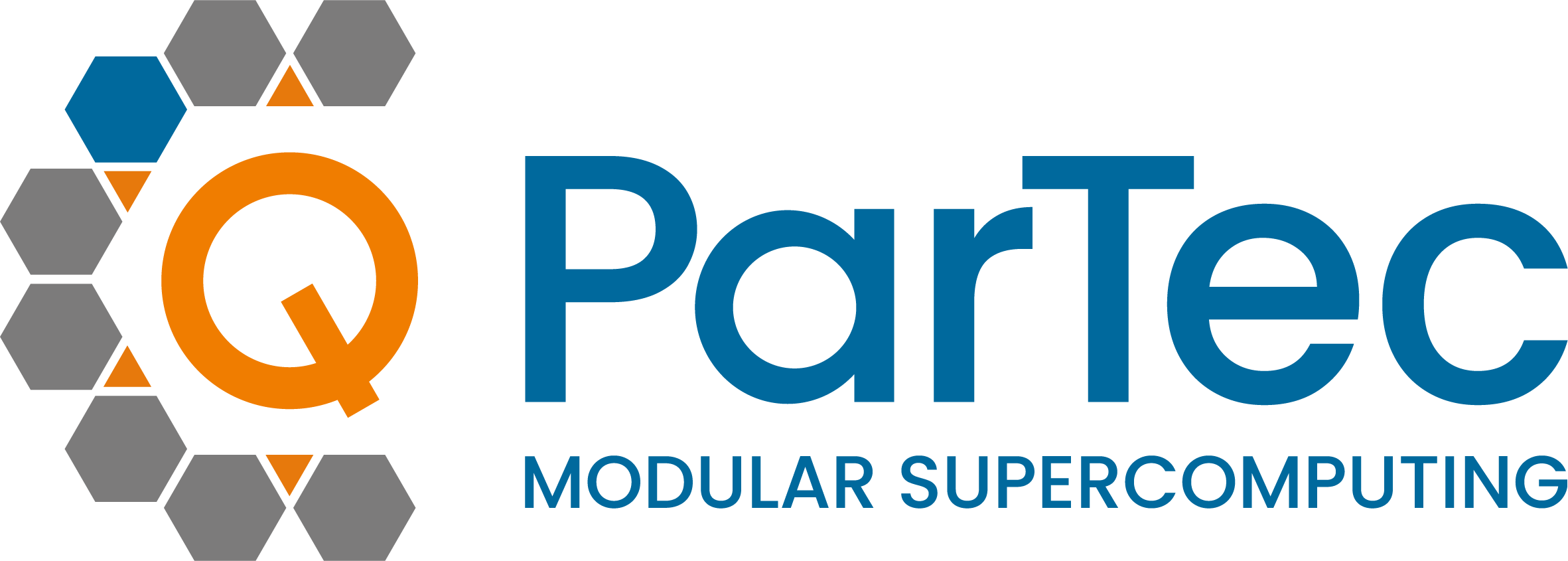Quantum Computing (QC): Uses the principles of quantum mechanics (e.g., superposition, entanglement, and interference) for computation and uses quantum bits (Qubits) instead of classical bits.
Qubit: A Qubit is the smallest computational and information unit of a quantum computer and can assume the states 0 and 1 simultaneously. Only when measured does it commit to a specific state. Quantum computers achieve great computing power with just a few qubits. With each Qubit, the computing power doubles (ideal model).
Superposition: A qubit can be kept in a state of superposition, which is a combination of all possible configurations of the qubit. Groups of qubits in a superposition can create complex, multi-dimensional computational spaces.
Entanglement: Entanglement is a quantum mechanical effect. When two qubits are entangled, changes to one qubit directly affect the other qubit. Quantum algorithms use these relationships to find solutions to complex problems.
Quantum volume: Measure of quality and performance (stability of qubits, controllability, robustness, computational errors) for each individual quantum computer (introduced by IBM).
Quantum superiority: Proof that quantum computers can solve certain problems faster than classical supercomputers. Has only been demonstrated for very specific tasks (e.g., by Google in 2019).
Learn more about what ParTec does in QC here.
Follow us on our press page to receive our latest news and insights!

To provide you with an optimal experience, we use technologies such as cookies to store and/or access device information. If you consent to these technologies, we may process data such as browsing behavior or unique IDs on this website. If you do not give or withdraw your consent, certain features and functions may be impaired.